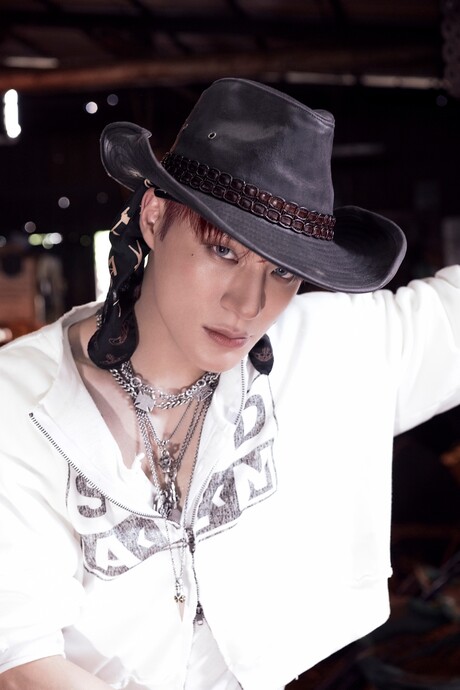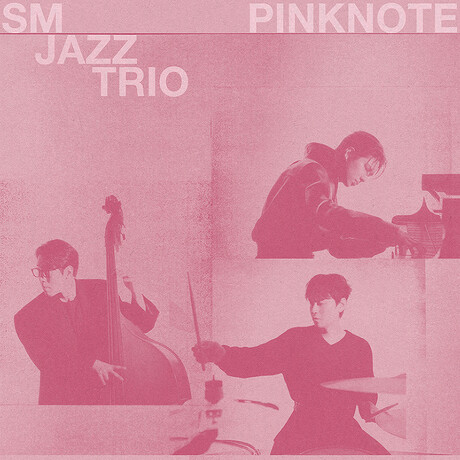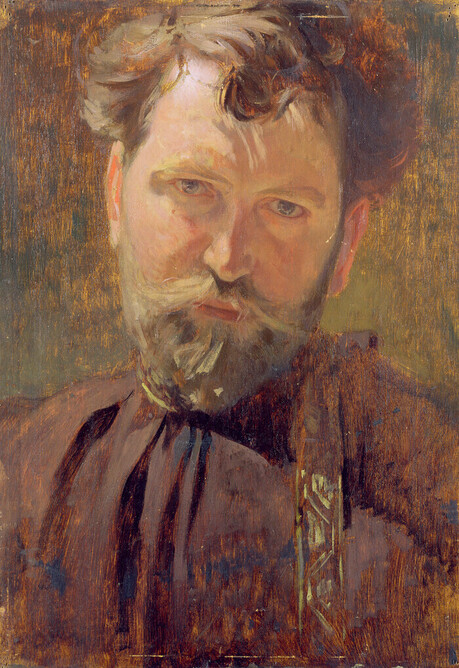Renowned photographer Richard Schroeder has built a career on capturing the essence of the human soul through his distinctive visual approach. Unlike photographers who seek to freeze time, Schroeder aims to bring moments into existence, moving seamlessly between fashion, music, and cinema with the eye of an explorer attuned to the delicate balance between presence and absence, fame and anonymity.
Schroeder's signature aesthetic elements—square frames, frontal lighting, and a preference for black-and-white photography—serve as more than mere stylistic choices. These are carefully chosen instruments designed to capture those fleeting moments when the soul reveals itself, even in silence or restraint. In his work, every face becomes a landscape and every gesture carries its own vibration.
Throughout his career, Schroeder has developed a unique approach that transcends genres and eras. From his early work documenting punk and rock scenes to portraits of cinema and literature stars, from fashion photography to his more personal black-and-white projects, he has remained committed to one unwavering goal: capturing human beings in their truth, whether they are celebrated icons or anonymous individuals.
His latest work, "Moment Parfait," published by Éditions Odyssée, represents the culmination of this artistic philosophy. The book is described not as something to be read, but as an experience to be lived—a road movie in images where icons meet unknowns, where color and black-and-white photography converse like two voices in a musical composition. Schroeder himself curated a soundtrack that gives rhythm and pulse to each moment, creating a multimedia experience that suspends chronology and invites readers to drift through the silence between images.
The work challenges conventional photography by rejecting what Schroeder calls "the ease of beauty for beauty's sake." Instead, he transforms each portrait into an act of encounter—a meditation on humanity, memory, and perception. His formal mastery and rigorous elegance create a fascinating order, while his true audacity emerges in the in-between moments: a fleeting glance, a subtle imperfection, an emotion escaping the pose.
"Moment Parfait" currently accompanies an exhibition at Galerie Atsikal, located at 90 rue d'Assas in Paris's 6th arrondissement, running until November 27. The photographer's work can also be explored through his website at www.richardschroeder.fr and his Instagram account @richardschroederphoto.
In a recent questionnaire, Schroeder revealed intimate details about his artistic journey and philosophy. His first photographic trigger was "a stolen picture taken through the window of a men's tailor shop on Avenue Mozart," while his earliest photographic memory centers on Richard Avedon's portraits of The Beatles. Starting with a Brownie Kodak as a child and graduating to a Pentax Spotmatic at age 15, Schroeder now works with an array of professional equipment including a twin-lens Rolleiflex Schneider 3.5, Hasselblad 500 CM with Phase One back, Canon 5D SR, and Fuji X100F.
Avedon remains Schroeder's primary inspiration, particularly his portrait of Marilyn Monroe with her "lost gaze"—an image Schroeder wishes he had created and describes as the one that moved him most. When asked about his creative process, Schroeder admits uncertainty: "I don't know. I look and it comes, or it doesn't." He emphasizes that curiosity and empathy are essential qualities for good photographers, while technique should never dominate emotion, as "if technique dominates, the photo is a failure."
Regarding the ongoing debate between color and black-and-white photography, Schroeder agrees with Elliott Erwitt's assertion that "color is descriptive, black and white is interpretative." He believes photographs can indeed be truer than reality and has the power to change perceptions, though he acknowledges this influence can sometimes be unfortunate when used for manipulation.
Looking toward the future, Schroeder expresses a deeply personal upcoming project: photographing his granddaughter "for as long as possible." If he could photograph anyone, he would choose Bob Dylan or Lauren Bacall, "if we could go back, say, fifteen years." He dreams of discovering Japan and finds New York in the 1970s and 80s to be the most photogenic city he's encountered.
When reflecting on the current state of photography and social media, Schroeder notes that "everything has changed since now everyone is a photographer." He remains committed to Instagram as "the most honest and best suited to photography" platform and recommends following both the Maison Européenne de la Photographie (MEP) and Paolo Roversi's accounts.
Schroeder's personal philosophy extends beyond photography into broader observations about the world. He believes society lacks "common sense and empathy" and, when asked about an image that represents the current state of the world, he points to Géricault's "The Raft of the Medusa"—notably, a non-photographic work. His ideal dinner party would include Patrick Modiano, Françoise Sagan, PJ Harvey, and John Lennon, while his greatest professional extravagance was creating "Moment Parfait" alongside publisher Antoinette Chalumeau.

































